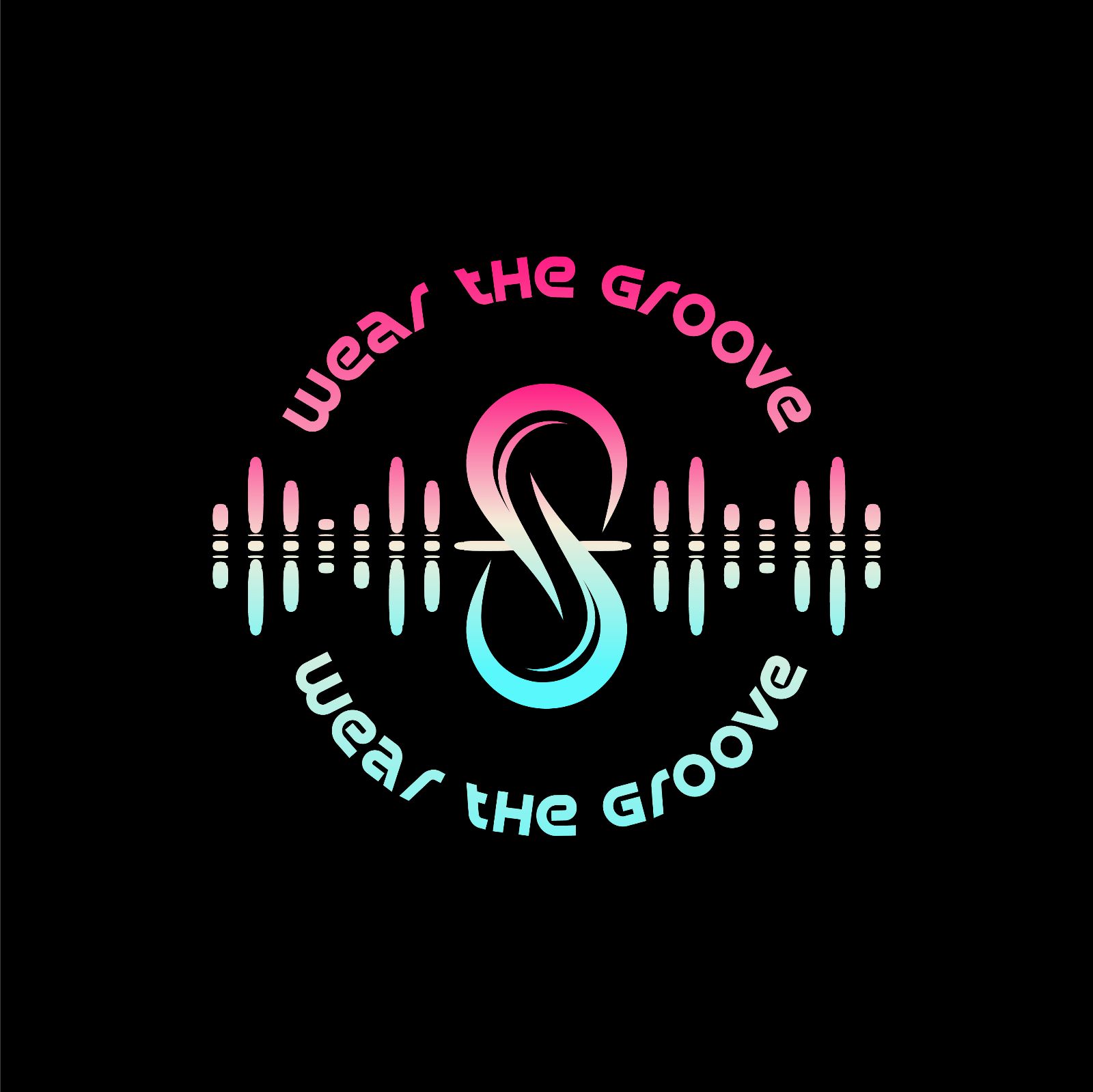House Music Chronicles: House Music and Mainstream Pop Culture
- Wear the Groove
- Jan 18, 2024
- 2 min read
The 1990s marked a significant turning point for House music, as it transitioned from underground clubs to mainstream pop culture. This era witnessed the genre influencing top chart hits, the emergence of superstar DJs, and the broader commercialisation of House music, profoundly impacting the media and cultural landscape.
House Music Hits the Charts
In the 1990s, elements of House music began infiltrating mainstream music, with its influence perceptible in numerous pop and dance tracks. Artists and producers integrated House beats and rhythms into their songs, leading to chart-topping hits that brought the genre to a broader audience. Tracks like Madonna’s "Vogue" and Robin S's "Show Me Love" exemplified this trend, showcasing House music's versatility and appeal beyond its traditional fan base.
The Era of Superstar DJs
The 90s also saw the rise of superstar DJs, a phenomenon that elevated House music DJs from club fixtures to global celebrities. DJs like Carl Cox, Paul Oakenfold, and David Morales became household names, headlining major music festivals and commanding large audiences worldwide. Their success was not just a testament to their skill but also to the growing popularity and commercial viability of House music.
Commercialisation and Global Reach
As House music gained mainstream traction, it also saw increased commercialisation. Record labels, recognising the genre's widespread appeal, invested heavily in promoting House music artists and tracks. This period saw the release of numerous House music compilations, remixes, and crossover tracks that blended House with other popular genres.
House Music in Media and Advertising
Beyond the music industry, House music began to permeate other areas of media and advertising. Its upbeat and energetic rhythm made it a popular choice for TV commercials, radio jingles, and movie soundtracks. This integration further cemented House music's status in popular culture, making its sound familiar even to those who might not have been avid club-goers.
Cultural Impact and Evolution
The incorporation of House music into mainstream culture had a broader cultural impact. It influenced fashion trends, club culture, and youth lifestyle, with the ethos and aesthetics of House music reflected in clothing styles, club decor, and the media portrayal of youth culture. The 1990s also witnessed an evolution in the sound of House music, as artists and producers experimented with new technologies and styles to appeal to a wider audience.
House Music as a Cultural Bridge
House music's foray into the mainstream also served as a cultural bridge, connecting diverse audiences through a shared love of dance and rhythm. It played a role in breaking down cultural and social barriers, bringing together people of different backgrounds on the dance floor. The genre's mainstream success demonstrated its universal appeal and its ability to resonate with a wide range of listeners.
Conclusion
The 1990s were a transformative decade for House music, marking its transition from an underground movement to a mainstream phenomenon. Its influence on pop culture, media, and the rise of superstar DJs underscored the genre's significant impact and its enduring appeal. House music's journey into the mainstream not only expanded its reach but also solidified its place as a pivotal and influential genre in the world of music.
Coming up next: The Enduring Legacy of House Music (26/01/2024)



Comments